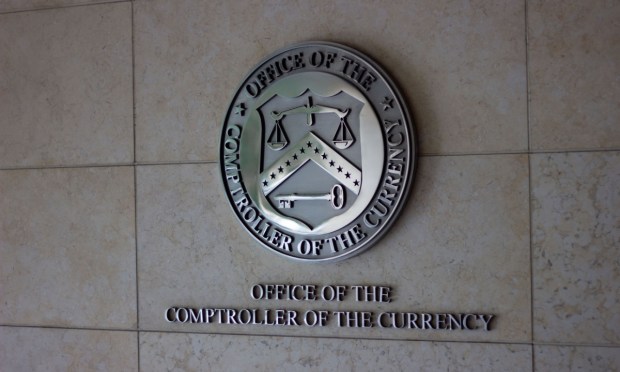
A top U.S. financial regulator wants more transparency into bank mergers.
The Office of the Comptroller of the Currency (OCC) on Monday (Jan. 29) introduced a proposal to update its rules for business combinations for national banks and federal savings associations, connected to the Bank Merger Act (BMA).
The OCC says it hopes to bring more transparency to its review of transactions under the BMA, as well as more guidance to stakeholders around its review of applications.
“You have two risks with mergers: One risk is that we approve too many mergers and therefore we’re approving bad mergers,” OCC Acting Chairman Michael Hsu told Reuters.
“The other risk is we approve too few mergers and therefore there are good mergers that should happen that aren’t,” he added. “The purpose of being transparent is to encourage more accuracy on both ends.”
In separate remarks at a speech at the University of Michigan School of Business, Hsu noted that 40 years ago, the OCC supervised nearly 6,500 financial institutions, which had roughly $2 trillion in assets.
Now, that number has shrunk to 1,000 institutions, whose assets have surged to more than $15 trillion. Those figures are striking, Hsu said, but require more context and discussion.
“Some see the decline in the number of banks as a loss or hollowing out, while others see it as a natural and inevitable consequence of healthy competition,” he said.
“Some see the rise in total assets as positive, while others see it as a threat to financial stability. These views are not trivial. They influence debates about banking and bank mergers.”
Last month, the OCC released its Semiannual Risk Perspective, a report that underscored the overall robustness of the banking system while urging banks to adhere to diligent risk management practices.
“Credit risk is on the rise due to several factors, including higher interest rates, risks associated with commercial real estate lending, inflation, declining corporate profitability and the potential for slower economic growth,” the report said, per PYMNTS. “Key performance indicators are already indicating signs of borrower stress across different asset classes.”
Also in December, the OCC issued guidance to national banks and federal savings associations dealing with buy now, pay later (BNPL) lending.
“The OCC expects banks that offer BNPL loans to do so in a manner that is safe and sound, provides fair access to financial services, supports fair treatment of consumers, and complies with applicable laws and regulations,” the agency said in its announcement.